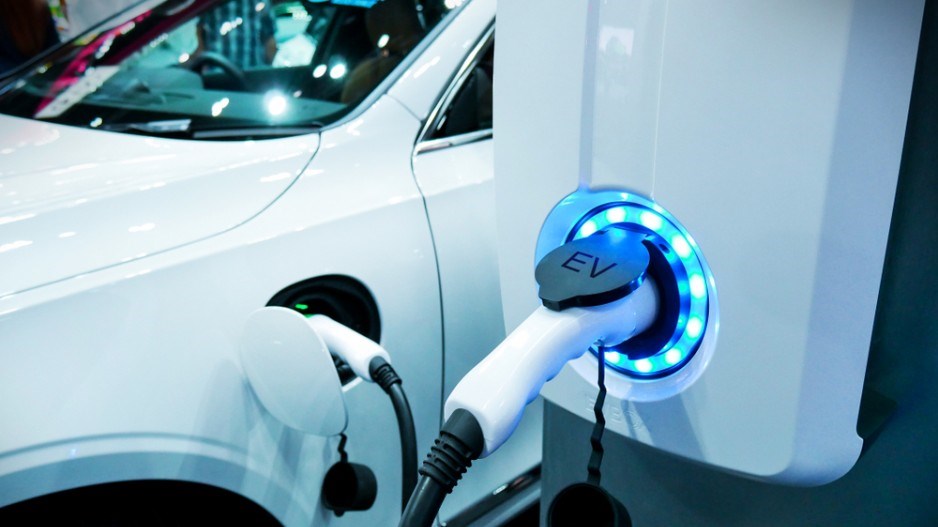A new study by EY that contrasts the impact of different scenarios for electric vehicles in Canada says the most rapid adoption — with EVs representing 30% of Canada’s vehicle stock in 2030, compared to less than 3% today — would reduce domestic oil demand by approximately 252,000 barrels per day (bbls/d).
Canada currently produces about 4.7 million bbls/d, according to the Canadian Energy Regulator. In 2018, approximately 1.6 million bbls/d was consumed by domestic refineries.
Already, Canada is the 10th fastest adopter of EVs in the world, with sales growing 165% year-over-year in 2018, EY said.
“Electric vehicles have the potential to profoundly reshape everything from local transit to global commerce, and Canada’s energy players are not going to be immune from this impact,” EY Canada oil and gas leader Lance Mortlock said in a statement.
Rapid EV adoption could trigger convergence of oil and gas and power and utilities companies in the marketplace, EY said.
“Diversifying portfolios will be crucial for oil and gas companies in a rapid-adoption future,” Mortlock said. “To stay relevant and ensure profitable revenue streams, they’ll need to invest more in clean energy, petrochemical products and access to tidewater to enter new markets."
EY found that rapid adoption could also cause an 11% spike in Canadian electricity demand, requiring utilities to make significant investments in existing grid infrastructure to allow consumers to charge cars at home and in public spaces. Distribution network upgrades would also be required to improve power transmission across the country, including to rural areas.
“A dramatic increase in electricity demand would likely result in new power and utilities players coming to market,” said Daniela Carcasole, EY Canada power and utilities leader.
“This could open up a number of collaboration opportunities for existing companies — either through M&A or joint ventures with hotels, restaurants, technology companies and retail stores to offer easy and convenient vehicle charging to consumers.”
Availability of charging infrastructure, price premiums, battery performance, subsidies and time to complete the charge remain key barriers deterring Canadians from purchasing an EV. But even a moderate adoption scenario — with 6.5 million EVs on Canadian roads by 2030 — would require a 5.5% increase in electricity demand, EY said.




